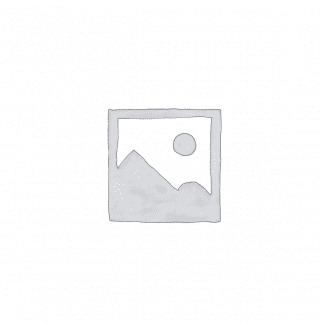CHAPTER ONE
1.0 Introduction
Manihot esculenta with common names ‘‘cassava’’, is a woody shrub of the spurge family, Euphorbiaceae native to South America. It is extensively cultivated as an annual crop in tropical and subtropical regions for its edible starchy tuberous root, a major source of carbohydrates. Cassava can also be classified into different species which include M. aesculifolia (AES), M. Brachyloba (BLO), M. Carthaginensis (CTH), M. Esulenta subsp, M. Tristis (TST). However, it contains cynogens (1.3%) depending on cultivars (Stupak et al., 2006) and large amount of cyanogenic glucosiders in the cassava flour (Cumbane et al., 2007) which could limit cassava root utilization for consumption and for livestock feeding. Cassava appears to have originated in Brazil and Paraguay, but has spread throughout tropical areas of south and Central America long before the arrival of Columbus. Cassava is now one of the most important food crops in counties throughout the world.
It ranks as the 6th most important food crop worldwide, even though in Western countries it is little known or used. The tubers of cassava or ‘’Yuca’’, as the plant is commonly known in South America, are extremely rich in starch infact, it is the richest sources of starch of any food plant (it contains up to 10times as much starch as corn and twice as much as potatoes). The large tubers, which can weight can weigh up to 5kg provide 30% of their dry weight as starch. However, the entire plant is poisonous if consumed raw, due to its linamarin content, a pre-cursor of cyanode glycosides. Nigeria is the world’s largest producer of cassava while Thailand is the largest exporter of dried cassava.
1.1 Objective Of Study
The objectives of the study is
- To enumerate the microbial content of dried cassava peel
- To isolate and identify the potential spoilage organism of this product
- To make recommendation on how to preserve the peels before consumption by the livestock.
1.2 Scope And Limitation
This study will cover the production processing and storage of cassava peel for livestock consumption (pig) and the limitation will include inadequacy of current literature tone and financial constrain.
DOWNLOAD COMPLETE WORK- For Reference Only: Materials are for research, citation, and idea generation purposes and not for submission as your original final year project work.
- Avoid Plagiarism: Do not copy or submit this content as your own project. Doing so may result in academic consequences.
- Use as a Framework: This complete project research material should guide the development of your own final year project work.
- Academic Access: This platform is designed to reduce the stress of visiting school libraries by providing easy access to research materials.
- Institutional Support: Tertiary institutions encourage the review of previous academic works such as journals and theses.
- Open Education: The site is maintained through paid subscriptions to continue offering open access educational resources.



